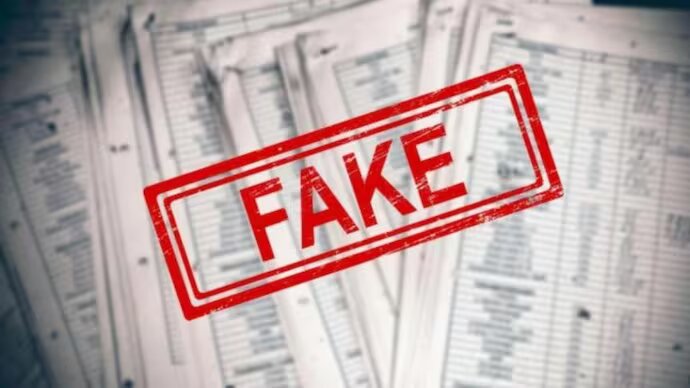In an era defined by technological advancements and global connectivity, the prevalence of fake documents has become an increasingly concerning issue. From counterfeit passports to forged academic certificates, the production and use of fake documents pose a significant threat to individuals, businesses, and governments worldwide. In this blog, we delve into the rising menace of Fullzinfo documents, exploring its various facets and shedding light on what you need to know to protect yourself and your organization.
The Pervasiveness of Fake Documents
Fake documents come in various forms, ranging from identification cards and passports to diplomas and bank statements. The digital age has only made it easier for individuals with malicious intent to create sophisticated counterfeit documents that can deceive even the most vigilant observers. The prevalence of online marketplaces and the dark web has facilitated the sale of forged documents, enabling criminals to exploit unsuspecting victims for financial gain or to engage in illegal activities.
Implications for Individuals
For individuals, falling victim to the use of fake documents can have severe consequences. Identity theft, fraud, and unauthorized access to personal information are just a few of the risks associated with the proliferation of counterfeit identification. Beyond the immediate financial implications, individuals may also face legal troubles if their identities are unknowingly associated with criminal activities conducted using fake documents.
Impact on Businesses
Businesses are not immune to the threats posed by fake documents. From hiring employees with forged credentials to facing legal repercussions for unknowingly engaging with entities using fake documentation, the potential fallout for businesses is significant. Industries such as finance, healthcare, and education are particularly susceptible, as the reliance on accurate and reliable documentation is paramount to maintaining integrity and compliance with regulations.
Challenges for Governments
Governments face an uphill battle in combating the production and use of fake documents. Criminal organizations often exploit legal loopholes, employ advanced printing technologies, and leverage the anonymity provided by the internet to engage in document forgery. The consequences extend beyond national borders, affecting global security and cooperation.
Technology’s Role in Document Verification
While technology has played a role in facilitating the creation of fake documents, it also provides solutions for detection and prevention. Advanced authentication methods, such as biometrics, blockchain, and machine learning, are increasingly being employed to enhance document verification processes. Governments, businesses, and individuals alike can leverage these technologies to bolster their defenses against the growing threat of fake documents.
Protecting Yourself and Your Organization
In the face of this escalating challenge, there are several steps individuals and organizations can take to protect themselves:
- Stay Informed: Keep abreast of the latest developments in document forgery and familiarize yourself with security features on official documents.
- Use Technology: Embrace advanced authentication technologies to verify the legitimacy of documents. Biometric identification, secure document scanners, and blockchain-based verification systems can be invaluable tools.
- Educate Employees: Businesses should invest in educating their employees on the risks associated with fake documents and implement rigorous verification processes during the hiring and onboarding phases.
- Report Suspicious Activity: Individuals and organizations should report any instances of suspected fake documents to relevant authorities. Timely reporting can help law enforcement agencies track down and apprehend those involved in illicit activities.
- Support Legislation: Advocate for stronger legislation and international cooperation to combat the production and distribution of fake documents. Collaboration between governments, law enforcement agencies, and private sector entities is crucial in addressing this global issue.
In conclusion, the growing threat of fake documents demands a collective and proactive response. By staying informed, leveraging technology, and fostering collaboration, we can work towards mitigating the risks posed by counterfeit documentation, ensuring a safer and more secure global environment.
